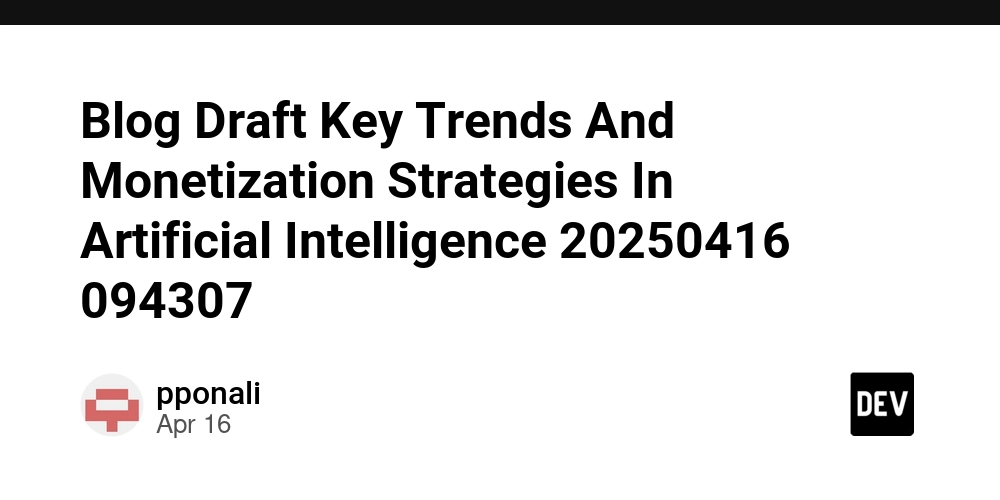Tableau to Power BI: Understanding Data Model Differences
In today’s data-driven world, business intelligence (BI) tools are critical in transforming raw data into actionable insights. Two of the most prominent tools in this space are Tableau and Microsoft Power BI. While both platforms offer powerful data visualization capabilities, the way they handle data models is significantly different—and understanding these differences is crucial when migrating from Tableau to Power BI. At OfficeSolution, we’ve helped countless organizations make a smooth transition from Tableau to Power BI. One of the most common areas that requires attention during migration is the underlying data model—the structure and logic that dictate how data is stored, related, and queried within the BI tool. Tableau’s Approach to Data Modeling Tableau’s data model is built around the concept of data connections and data sources. It allows users to create multiple connections to various databases and then blend or join that data on a worksheet level. Tableau doesn’t enforce a central data model—instead, data modeling is often done on-the-fly using relationships, joins, or blending techniques during analysis. This flexibility is great for exploratory analysis and ad-hoc dashboards, but it can sometimes lead to performance issues or data duplication if not managed carefully. Power BI’s Data Model: A Semantic Layer In contrast, Power BI uses a centralized semantic model, often referred to as the data model or data set. Power BI’s data model is powered by the VertiPaq engine, which stores data in-memory for fast performance and supports complex relationships, calculated columns, and DAX (Data Analysis Expressions) for advanced analytics. This semantic model approach promotes data consistency, reusability, and performance optimization across all reports built on a dataset. It also means that report authors in Power BI need to spend more time designing a robust and scalable data model before building visualizations. Key Differences to Consider Model CentralizationTableau allows decentralized, worksheet-level modeling, while Power BI enforces centralized data modeling within the dataset. Performance HandlingPower BI's in-memory model often performs better at scale compared to Tableau's live connections or blended data sources, especially with large datasets. Data RelationshipsPower BI supports more complex relationship types (such as many-to-many) and auto-detection of relationships, while Tableau relies on explicit join conditions. Calculated Fields vs. DAXTableau uses calculated fields built within individual sheets or dashboards. Power BI uses DAX, a formula language that operates on the data model level, offering deeper analytical capabilities. Transitioning with Confidence If your team is moving from Tableau to Power BI, understanding these foundational differences is key. It’s not just about replicating dashboards—it’s about rethinking your data strategy. At OfficeSolution, we specialize in BI migrations and can help ensure that your data models are optimized for Power BI from day one. By aligning your architecture with Power BI’s strengths, you’ll unlock faster performance, better collaboration, and more powerful analytics. Need help migrating from Tableau to Power BI? Contact OfficeSolution today and make your data work smarter, not harder.
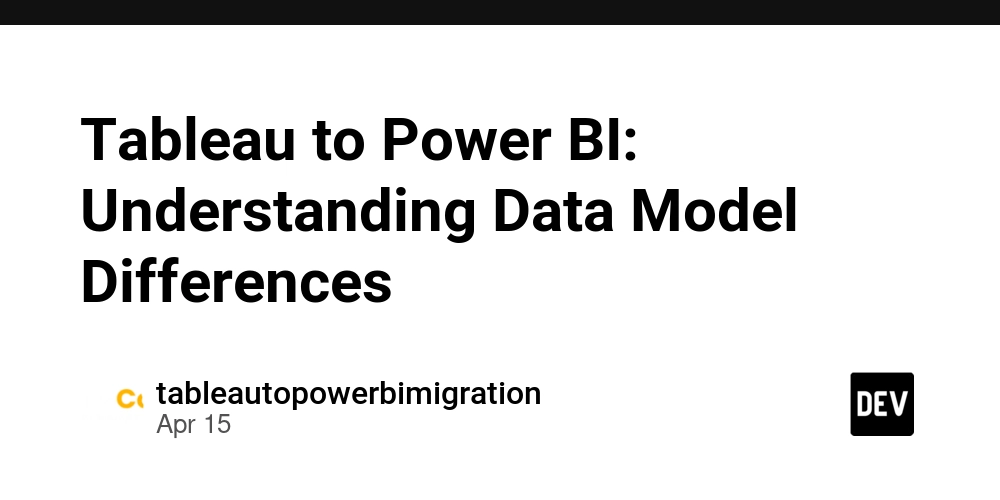
In today’s data-driven world, business intelligence (BI) tools are critical in transforming raw data into actionable insights. Two of the most prominent tools in this space are Tableau and Microsoft Power BI. While both platforms offer powerful data visualization capabilities, the way they handle data models is significantly different—and understanding these differences is crucial when migrating from Tableau to Power BI.
At OfficeSolution, we’ve helped countless organizations make a smooth transition from Tableau to Power BI. One of the most common areas that requires attention during migration is the underlying data model—the structure and logic that dictate how data is stored, related, and queried within the BI tool.
Tableau’s Approach to Data Modeling
Tableau’s data model is built around the concept of data connections and data sources. It allows users to create multiple connections to various databases and then blend or join that data on a worksheet level. Tableau doesn’t enforce a central data model—instead, data modeling is often done on-the-fly using relationships, joins, or blending techniques during analysis.
This flexibility is great for exploratory analysis and ad-hoc dashboards, but it can sometimes lead to performance issues or data duplication if not managed carefully.
Power BI’s Data Model: A Semantic Layer
In contrast, Power BI uses a centralized semantic model, often referred to as the data model or data set. Power BI’s data model is powered by the VertiPaq engine, which stores data in-memory for fast performance and supports complex relationships, calculated columns, and DAX (Data Analysis Expressions) for advanced analytics.
This semantic model approach promotes data consistency, reusability, and performance optimization across all reports built on a dataset. It also means that report authors in Power BI need to spend more time designing a robust and scalable data model before building visualizations.
Key Differences to Consider
Model CentralizationTableau allows decentralized, worksheet-level modeling, while Power BI enforces centralized data modeling within the dataset.
Performance HandlingPower BI's in-memory model often performs better at scale compared to Tableau's live connections or blended data sources, especially with large datasets.
Data RelationshipsPower BI supports more complex relationship types (such as many-to-many) and auto-detection of relationships, while Tableau relies on explicit join conditions.
Calculated Fields vs. DAXTableau uses calculated fields built within individual sheets or dashboards. Power BI uses DAX, a formula language that operates on the data model level, offering deeper analytical capabilities.
Transitioning with Confidence
If your team is moving from Tableau to Power BI, understanding these foundational differences is key. It’s not just about replicating dashboards—it’s about rethinking your data strategy. At OfficeSolution, we specialize in BI migrations and can help ensure that your data models are optimized for Power BI from day one.
By aligning your architecture with Power BI’s strengths, you’ll unlock faster performance, better collaboration, and more powerful analytics.
Need help migrating from Tableau to Power BI? Contact OfficeSolution today and make your data work smarter, not harder.




























![[Webinar] AI Is Already Inside Your SaaS Stack — Learn How to Prevent the Next Silent Breach](https://blogger.googleusercontent.com/img/b/R29vZ2xl/AVvXsEiOWn65wd33dg2uO99NrtKbpYLfcepwOLidQDMls0HXKlA91k6HURluRA4WXgJRAZldEe1VReMQZyyYt1PgnoAn5JPpILsWlXIzmrBSs_TBoyPwO7hZrWouBg2-O3mdeoeSGY-l9_bsZB7vbpKjTSvG93zNytjxgTaMPqo9iq9Z5pGa05CJOs9uXpwHFT4/s1600/ai-cyber.jpg?#)














































































































































![[The AI Show Episode 144]: ChatGPT’s New Memory, Shopify CEO’s Leaked “AI First” Memo, Google Cloud Next Releases, o3 and o4-mini Coming Soon & Llama 4’s Rocky Launch](https://www.marketingaiinstitute.com/hubfs/ep%20144%20cover.png)















































































































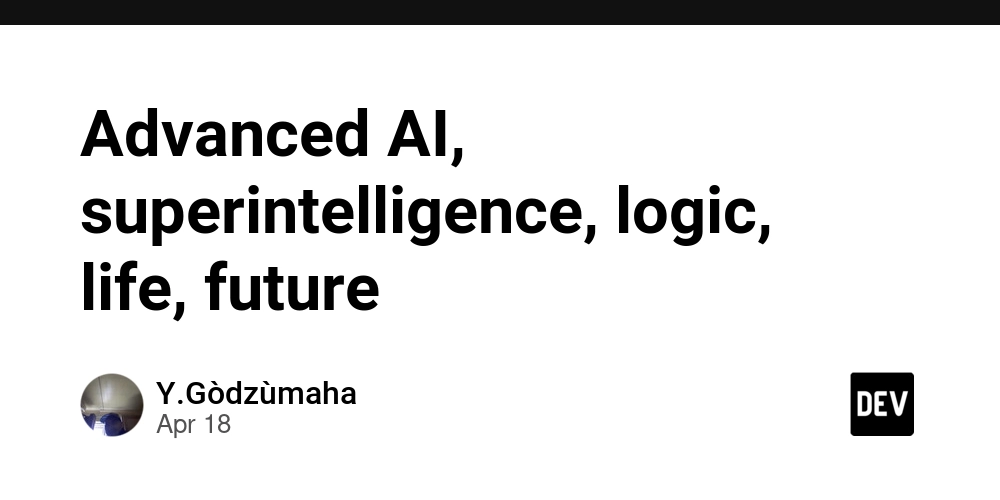
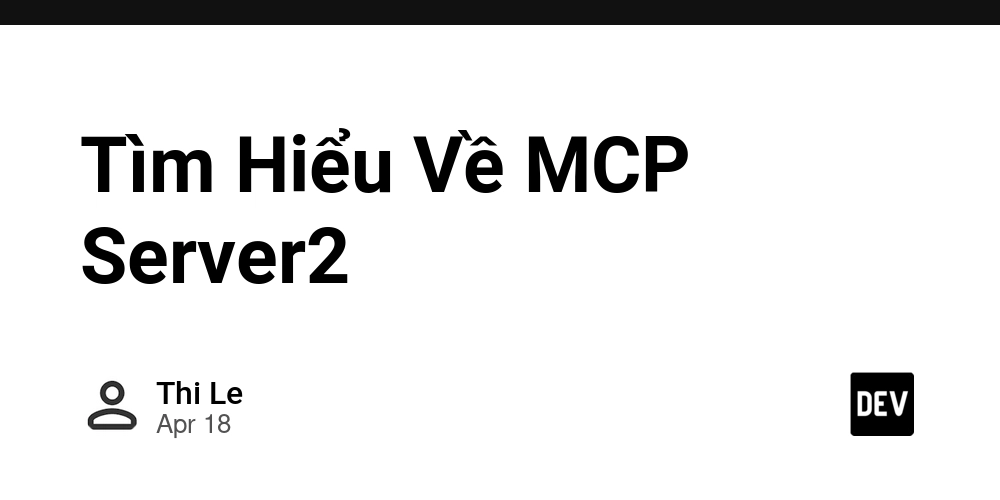
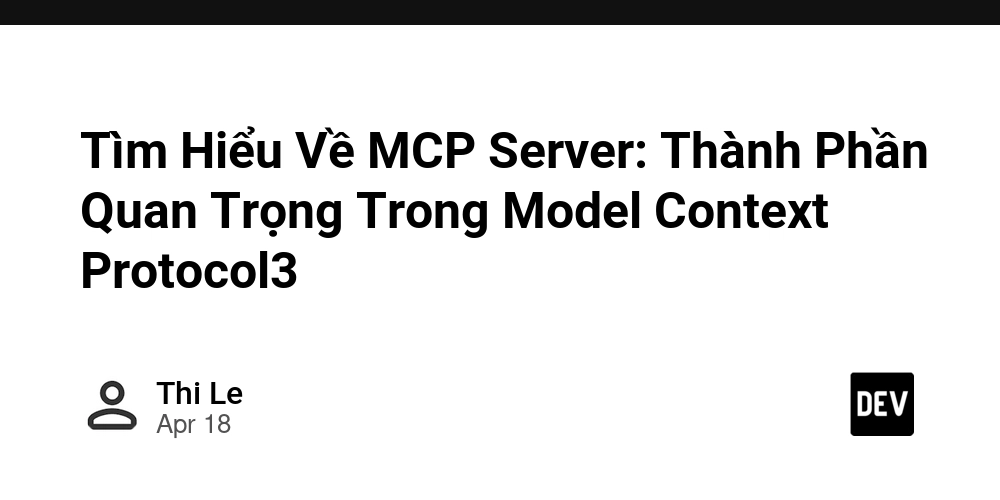


















































































![Rogue Company Elite tier list of best characters [April 2025]](https://media.pocketgamer.com/artwork/na-33136-1657102075/rogue-company-ios-android-tier-cover.jpg?#)








































































_Andreas_Prott_Alamy.jpg?width=1280&auto=webp&quality=80&disable=upscale#)






































































































![Apple Watch Series 10 Back On Sale for $299! [Lowest Price Ever]](https://www.iclarified.com/images/news/96657/96657/96657-640.jpg)
![EU Postpones Apple App Store Fines Amid Tariff Negotiations [Report]](https://www.iclarified.com/images/news/97068/97068/97068-640.jpg)
![Apple Slips to Fifth in China's Smartphone Market with 9% Decline [Report]](https://www.iclarified.com/images/news/97065/97065/97065-640.jpg)

































































































































